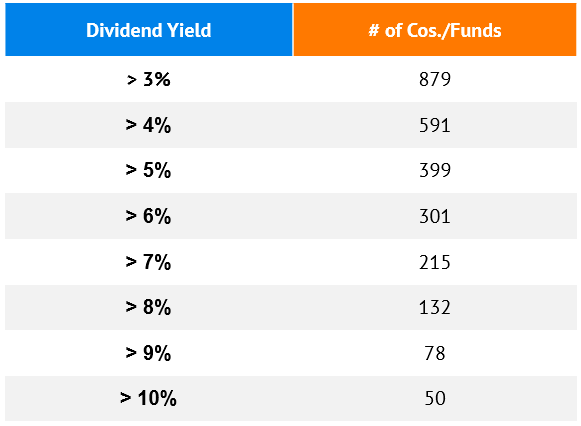Most income investors limit themselves to mere “common” dividends. But there’s no need for us to settle for 2% blue-chip yields when we can bank 6%+ payouts from the same companies.
Let’s use Bank of America (BAC) as our example. The stock should keep sailing as the 10-year Treasury rate grinds higher.
Common shares of BAC yield just 1.8% today. (This is what we receive when we type in “BAC” and hit the “Buy” button.) That’s not much. Fortunately, we can look past common dividends for higher yields without sacrificing safety.
Companies also can issue what’s referred to as “preferred stock.”… Read more


Recent Comments